
31 | Okamoto Shrine and Otaki Shrine
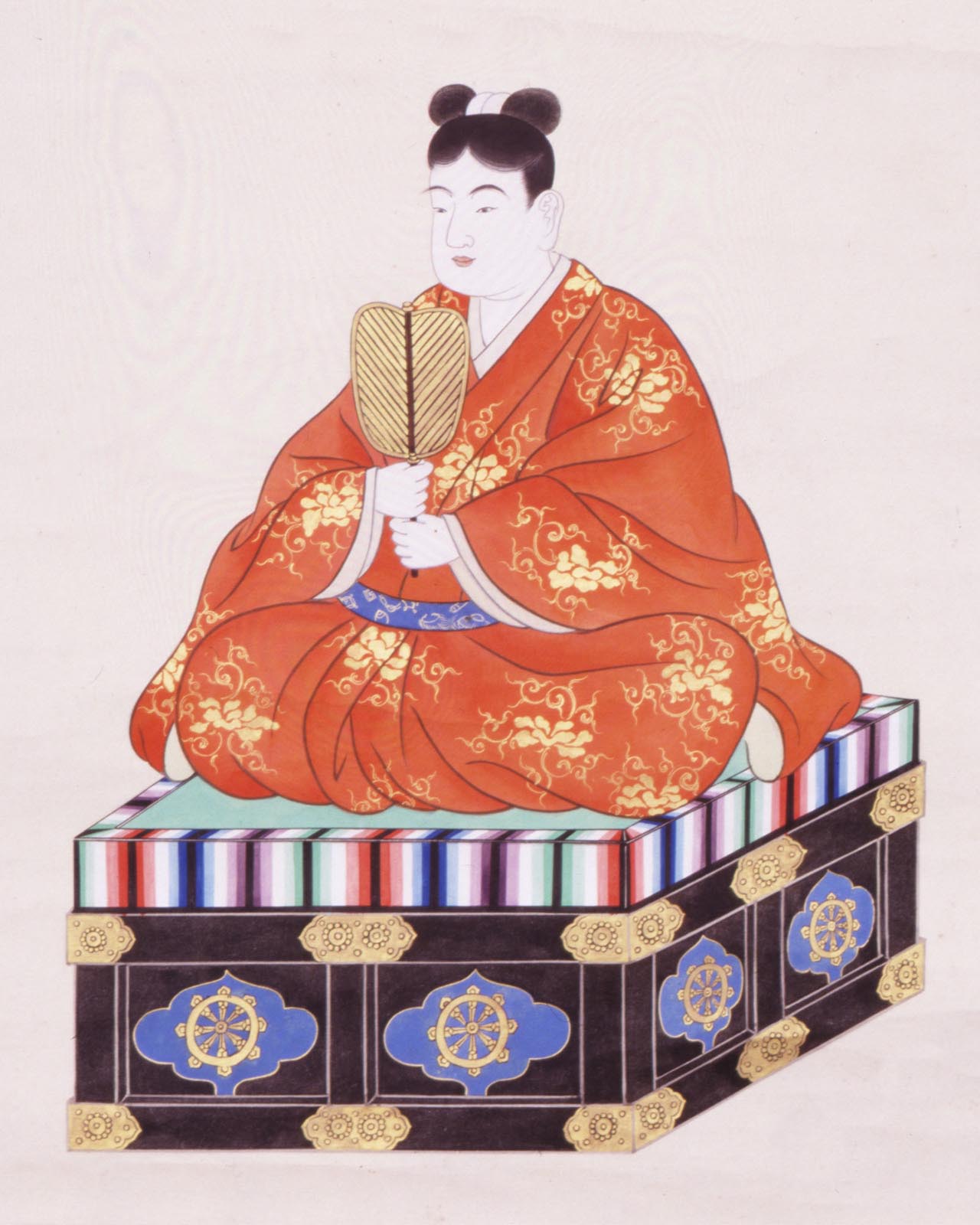
Dedicated to Kawakami Gozen, Japan's One and Only Goddess of Paper
Long ago, a goddess appeared at the upper reaches of the river that flowed through Goka. She said to the people of the village, "This area's many mountains may make it ill-suited for farming, but by using the area's pure, clean water you can make a living from making paper," and taught the villagers how to make paper.
The thankful villagers asked what her name was, but all she said was, "I live upstream on the Okamoto River," and with that she vanished. The villagers called her Kawakami Gozen (literally "the lady of the upper reaches"), and dedicated Okamoto Shrine to her as the goddess of paper-making.
This marked the origin of Echizen Washi Village, according to the legends of the Goka area. Even today, the Goka area, with its many paper makers, holds a deep faith in Kawakami Gozen, holding the Festival of Spirits and Paper every May to honor her.
Satomiya Town Shrine of Okamoto Shrine and Otaki Shrine
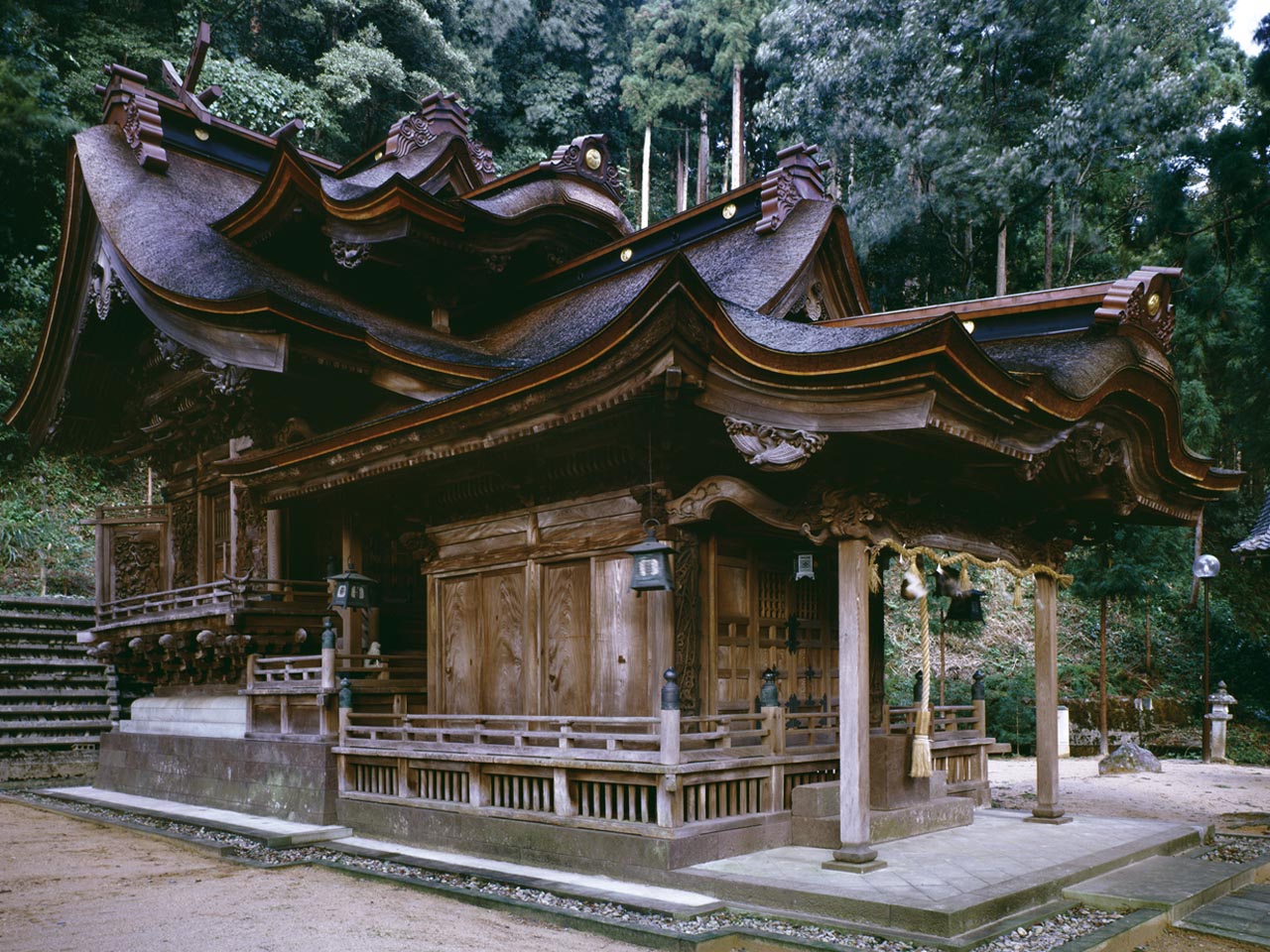
You are currently at the town shrine of Okamoto and Otaki Shrines, located here for people to pay their respects to the spirits of these shrines.
The front shrine and main shrine here were built during the second half of the Edo era (1615–1868), and combine the essential elements of the shaden ("shrine hall") architectural style. The shrines' intricate shared roof is reminiscent of a series of waves, and the detailed carvings seen throughout are worth a closer look. Together, Okamoto and Otaki Shrines have been nationally recognized as an important cultural property, for both their well-established historical records and their beauty.
Oku no In Inner Shrines of Okamoto Shrine and Otaki Shrine
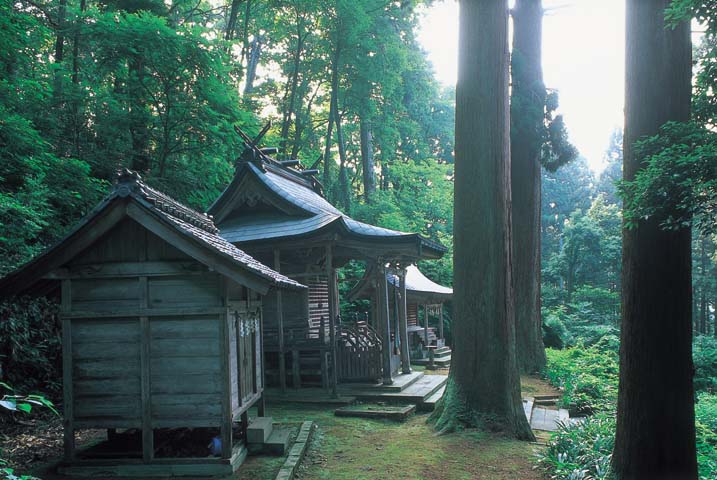
These shrines are located near the peak of Mt. Daitoku, and serve as the inner shrines for Okamoto and Otaki Shrines, as well as Hachimangu Shrine. Okamoto Shrine is dedicated to Kawakami Gozen, Japan's one and only goddess of paper.
They have a very long history — they were mentioned in the Engi-shiki Jinmyocho, a compendium of Japan's deities, in the year 926.
The buildings’ relatively simple construction is emblematic of the early to mid Edo era (1615–1868).
The Festival of Spirits and Paper
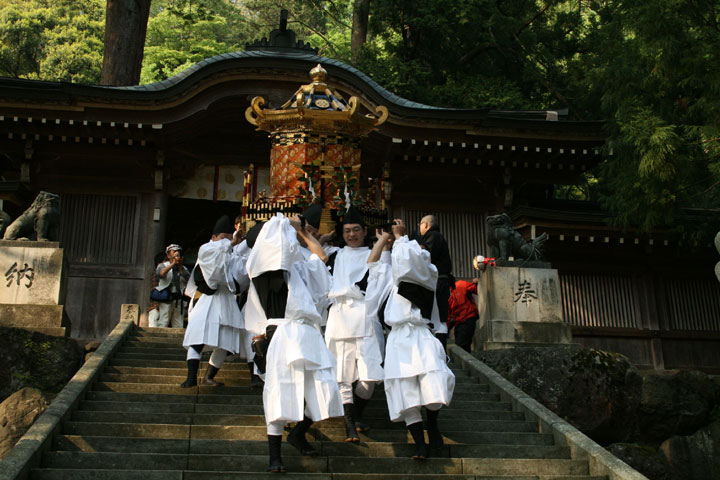
This religious rite boasts well over a thousand years of tradition, and has been designated by Fukui Prefecture as an intangible folk cultural property.
The spirits living at the inner shrine of Okamoto Shrine are carried in a mikoshi portable shrine down to the town shrine. This mikoshi is then paraded around the Goka area, before it is carried back up to the inner shrine at the top of Mt. Daitoku to take the spirits home. While the spirits are visiting Goka, a number of traditional performances are held for both the spirits and for the public, including the Urayasu no Mai dance performed by local elementary school students, as well as the Kamino Mai and Kami Kagura dances and more.
This festival is held for three days every May, and Washi-no-Sato Road plays host to a number of events during the festival as well.
How to Pay Your Respects at a Shinto Shrine
The standard procedure: "Two bows, two claps, one bow."
① Stand up straight before the shrine.
② Bow deeply toward the shrine, twice, to show respect.
③ Bring your hands together, then clap twice.
④ Finally, bow deeply once more toward the shrine.
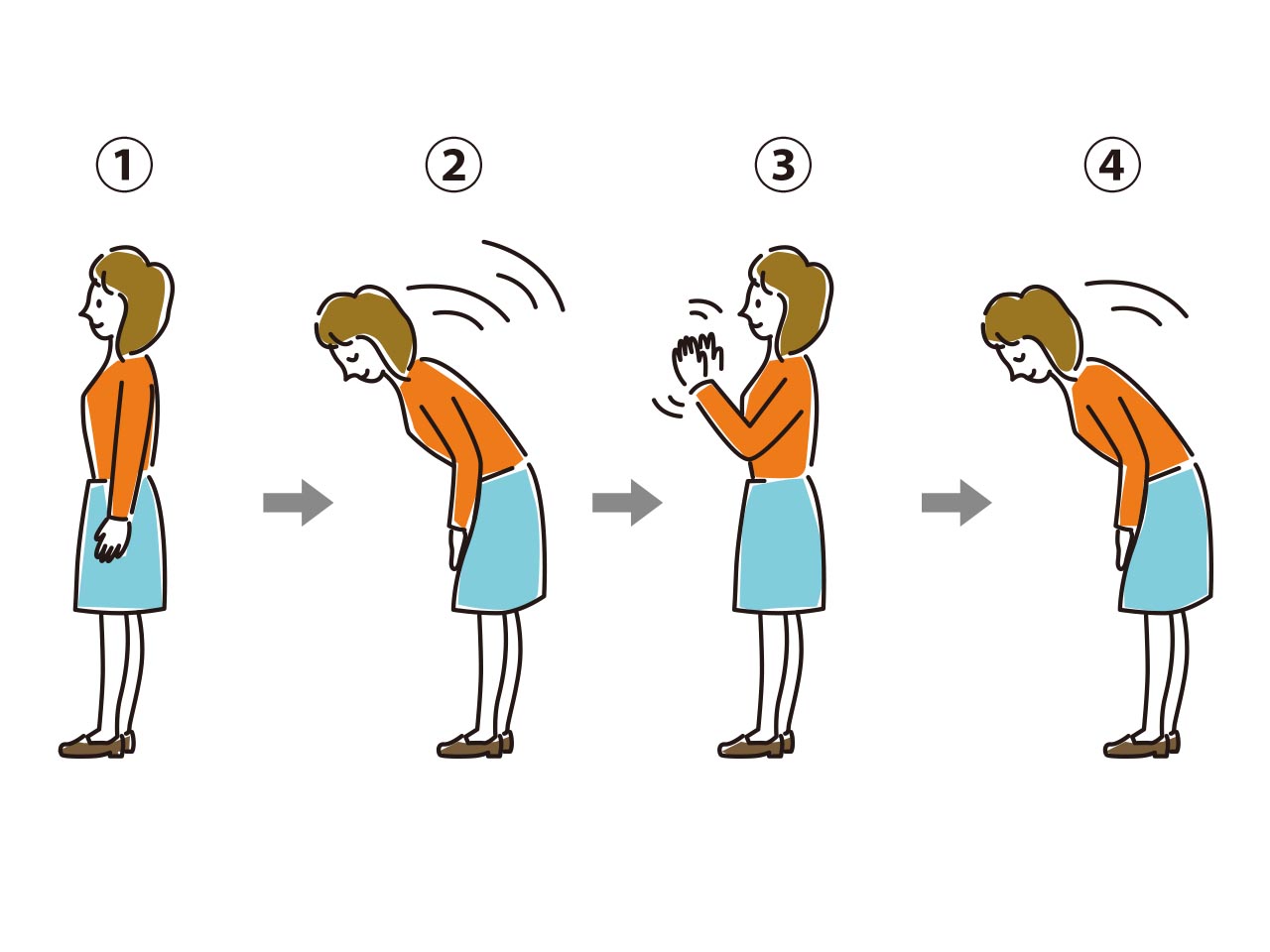
Donating a Coin as a Token of Respect
○ Bow slightly, toward the shrine.
○ Gently put a coin into the collection box, respectfully.
○ Shake the bell.
○ Do the standard "two bows, two claps, one bow."
★ Recommended Route 3: Okamoto Shrine and Otaki Shrine
See the 360 panoramic view of Okamoto Shrine and Otaki Shrine
